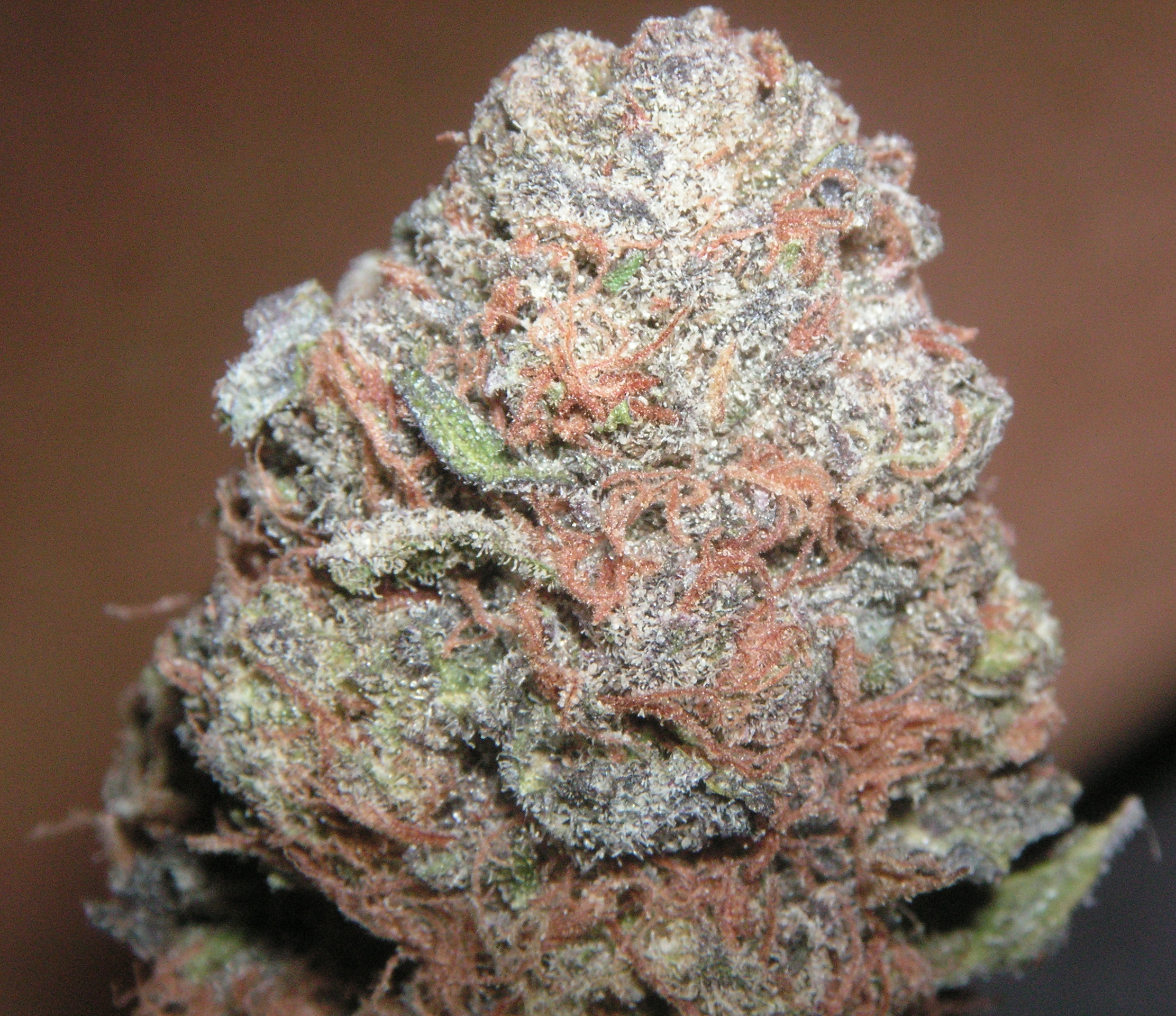As people continue debating the topic of legalizing marijuana, it’s worth bringing up a research study published in the Journal of Neuroscience in the spring of 2011 examining the link between marijuana-use and paranoia.
The study found rats exposed to cannabinoid drugs exhibited increased fearfulness compared to rats that were not exposed to the drug.
As TIME magazine noted in an article about the study,
“The findings, published in the Journal of Neuroscience, suggest that activity in the basolateral amygdala is involved in marijuana-induced paranoia (the state of becoming afraid of things that wouldn’t normally trigger fear). That means marijuana is actually enhancing a type of learning about fear, leading the brain to jump to conclusions about mild experiences involving particular places or things, and to perceive them as scarier and more strongly connected than they are.
“This increased fear-based learning helps explain why stoners tend to see patterns in events that aren’t real, such as conspiracies.”
Below is a statement from the study’s leader, Dr. Steven Laviolette, discussing the ramifications of the study and its findings.
Research discovers how marijuana affects the way the brain processes emotional information
Drugs like marijuana act on naturally occurring receptors in the brain called cannabinoid receptors. However, the mechanisms by which these drugs produce their sensory and mood altering effects within the brain are largely unknown. Research led by Steven Laviolette at The University of Western Ontario has now identified a critical brain pathway responsible for the effects of cannabinoid drugs on how the brain processes emotional information. The findings, published in The Journal of Neuroscience, also help to explain the possible link between marijuana use and schizophrenia.
Laviolette and his team at the Schulich School of Medicine & Dentistry discovered that activating cannabinoid receptors directly in a region of the brain called the amygdala, can strongly influence the significance of emotional information and memory processes. It also dramatically increased the activity patterns of neurons in a connected region of the brain called the prefrontal cortex, controlling both how the brain perceived the emotional significance of incoming sensory information, and the strength of memories associated with these emotional experiences.
“These findings are of great clinical relevance given recent evidence suggesting that exposure to marijuana during adolescence can increase the likelihood of developing schizophrenia later in life,” says Laviolette, an associate professor in the Department of Anatomy and Cell Biology. “We know there are abnormalities in both the amygdala and prefrontal cortex in patients who have schizophrenia, and we now know these same brain areas are critical to the effects of marijuana and other cannabinoid drugs on emotional processing.”
Furthermore, the findings by Laviolette’s laboratory identify a novel new brain pathway by which drugs acting on the cannabinoid system can distort the emotional relevance of incoming sensory information which in turn may lead to psychotic side-effects, such as paranoia, associated with heavy marijuana use. Developing pharmacological compounds, and there already are some, that block or modify this pathway could help control psychotic episodes. It could also be used to help patients with Post Traumatic Stress Disorder who have difficulty controlling the resurgence of highly emotional events into their memory.
Laviolette’s research was funded by the Ontario Mental Health Foundation and the Natural Sciences and Engineering Research Council of Canada (NSERC).
University of Western Ontario
5-Apr-2011
Dr. David J. Baxter, Ottawa, Canada




